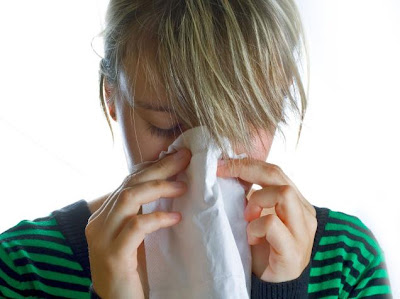Researchers seeking a more reliable alternative than aspirin for heart attacks may have found it in a red wine molecule called resveratrol.
University of Connecticut (U-C) researchers induced heart attacks in animals and found that resveratrol significantly reduces damage to heart muscle. Scarring and fibrosis were limited and the animals survived an otherwise mortal event.
Dipak Das, professor at the U-C Cardiovascular Research Centre, Farmington, says that resveratrol provokes a "pre-conditioning effect" whereby antioxidant defenses in the heart are switched on prior to a heart attack. This limits damage to heart muscle.
Mr. Das says that resveratrol's preconditioning effect is “the best yet devised method of cardioprotection.” The dosage of resveratrol is critical in producing the pre-conditioning effect.
Mr. Das found the human equivalent dosage of 175-350 milligrams reduced damage to the heart during a heart attack.
Since resveratrol also thins the blood and inhibits clots that form in coronary arteries in a similar fashion to aspirin, and exhibits other beneficial properties, such as anti-adhesion factors that inhibit plaque from sticking to artery walls, it may be superior to aspirin.


















